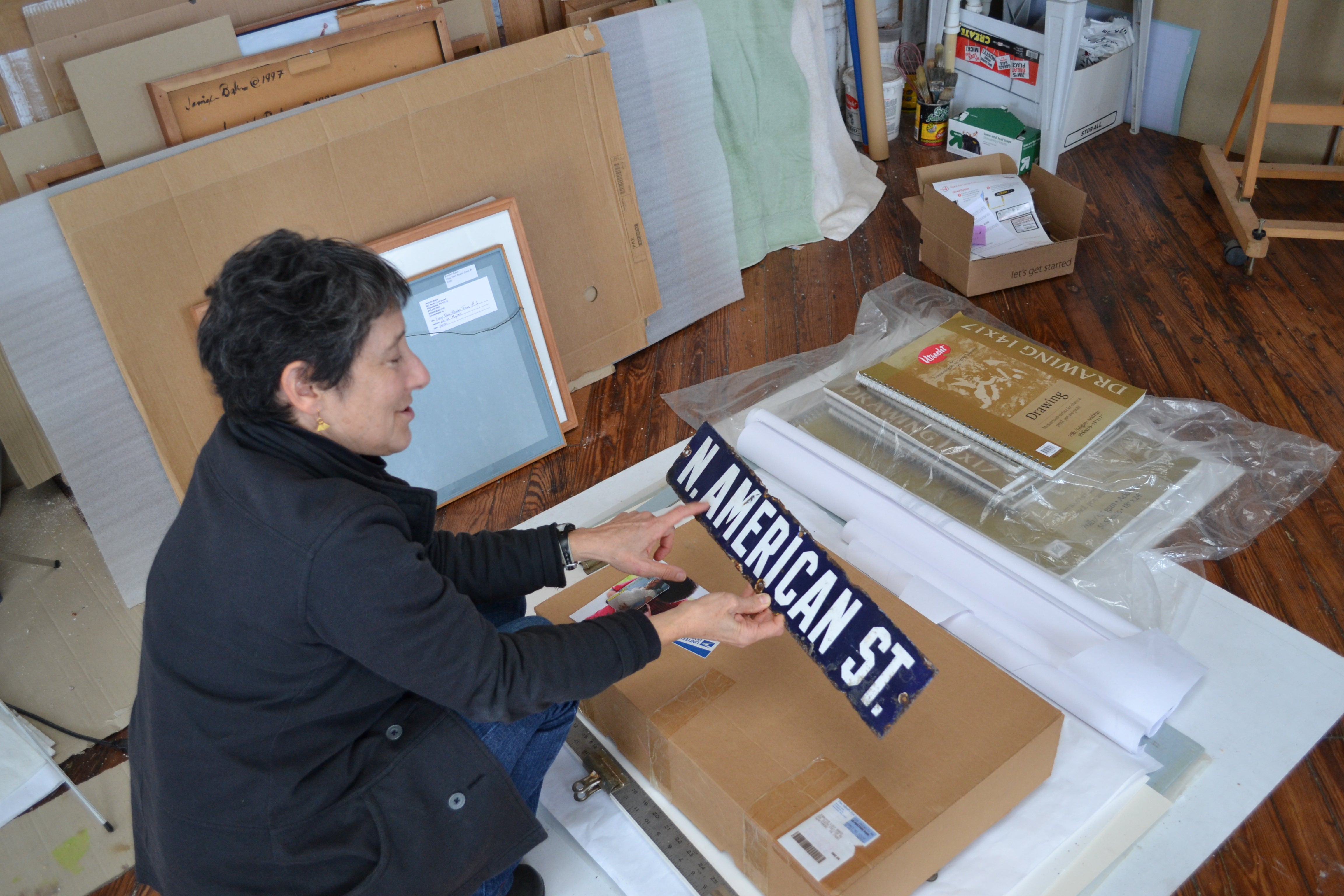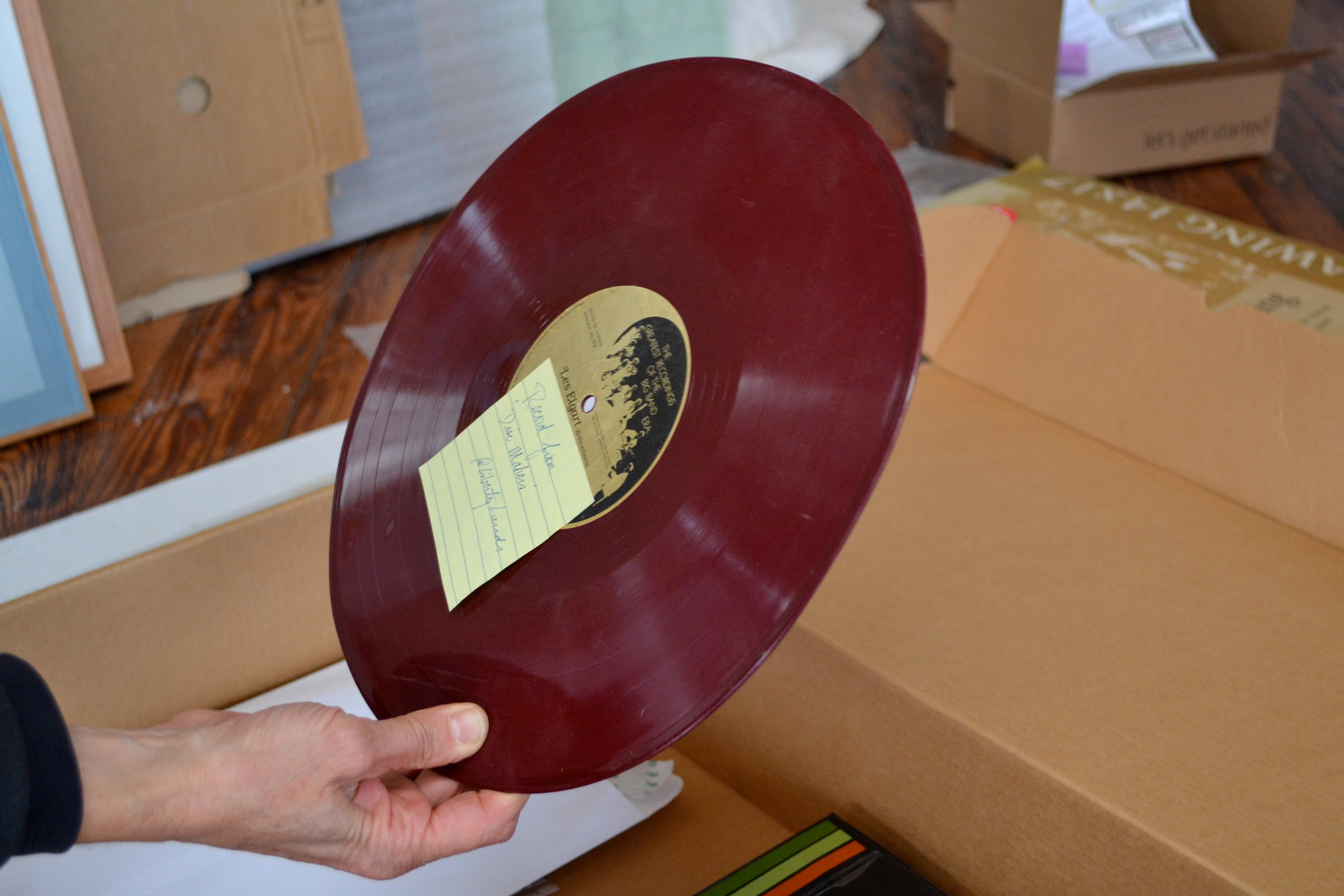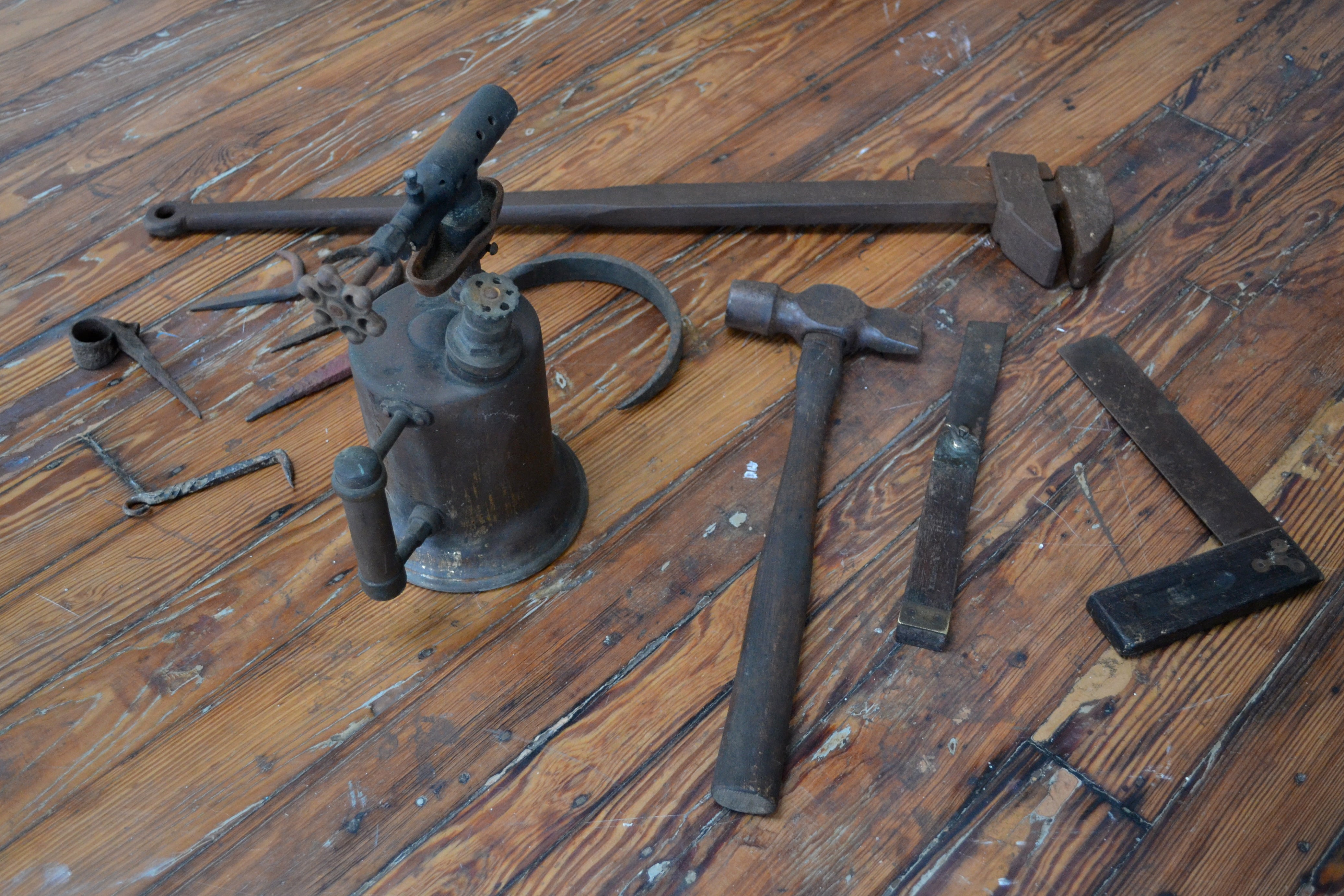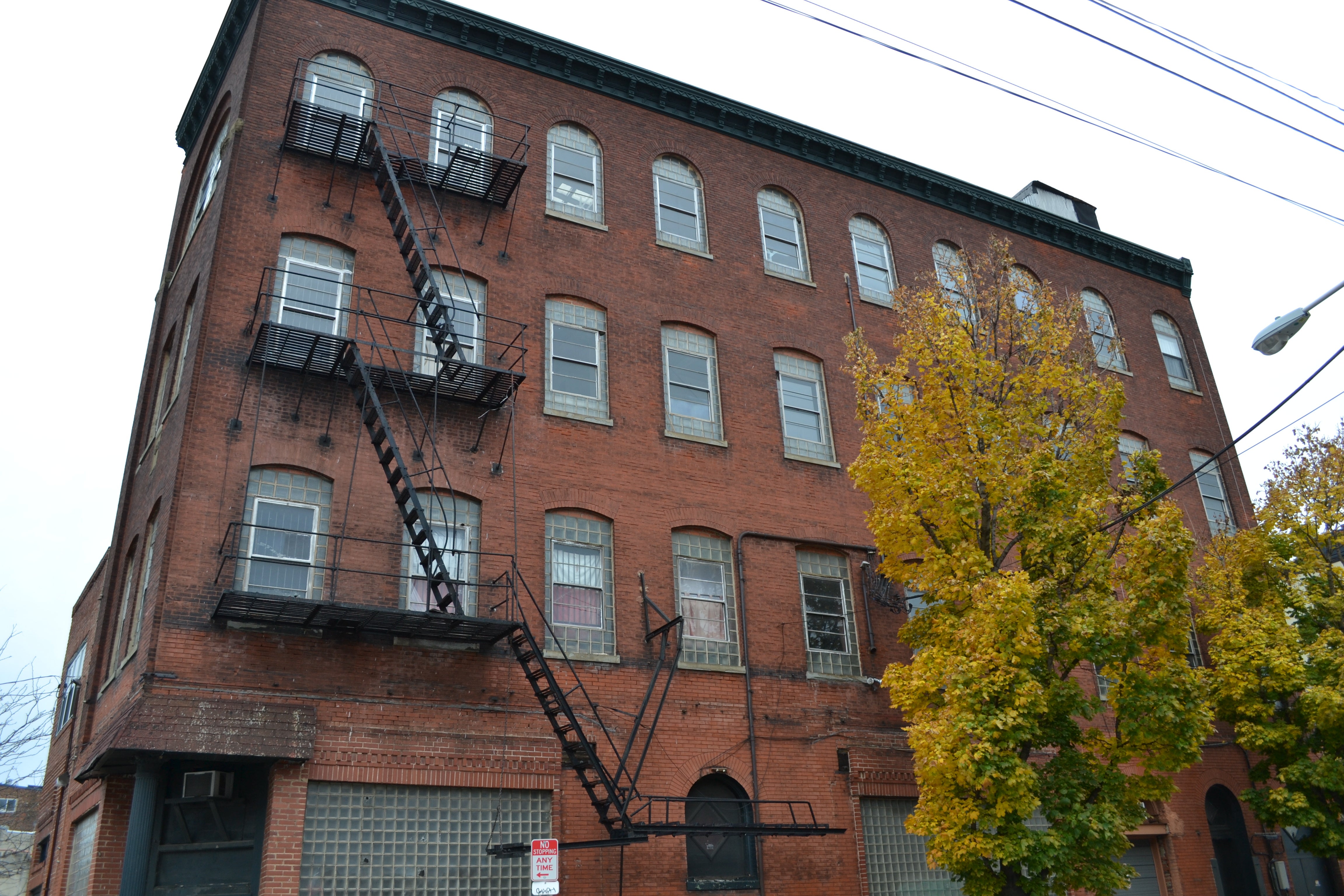From world’s workshop to hipster mecca: Northern Liberties artist curates community history exhibit

In a warehouse dating back to 1892, once the home of a publishing company, later occupied by a somewhat illicit business and finally converted into artist lofts, longtime Northern Liberties artist and resident Jennifer Baker is putting together a community history exhibit to showcase the changes that Northern Liberties has seen throughout the years.
Baker has always had an interest in the neighborhood, where she began working as an artist in 1978, but she said, “At some point I started really looking at what was around me.” She started thinking about the changes the neighborhood has endured, what those changes mean, what caused the changes and how the changes have impacted neighborhood residents. Those are the question she is hoping to answer through the exhibit, “Northern Liberties: From World’s Workshop to Hipster Mecca and the People in Between.”
The multimedia exhibit, set to open in February at the Philadelphia History Museum‘s Community History Gallery, will include condensed video interviews with longtime residents like Joseph Ortleib of the Ortleib Brewery, text to help tell the story of transition, countless historic photos, engravings of buildings that predate photography and links to audio elements including podcasts and, potentially, neighborhood walking tours. A main element of the exhibit will be artifacts from the neighborhood. So far Baker has collected blacksmith tools, a red vinyl record made by Disc Makers and found buried in what is now Liberty Lands Park, a street sign that came from the corner of a building and more.
The goal of the exhibit is to tell the story of the neighborhood from the point of view of the people who have lived there – within the memory of the people who are still alive, and Baker said the time is right for this kind of showcase.
“It’s kind of a turning point in that the people who remember this as sort of an industrial and residential neighborhood and a well established community, a lot of those people are getting really old and there aren’t many of them left,” she said.
Baker said in some ways Northern Liberties was always positioned to be the next big thing. When she came to the neighborhood in the late ’70s to work as a sculptor, she said there were still a lot of older residents, but a lot of the industry had left and “there was a vast amount of empty.” Artists came because it was cheap, but then as taxes and property values increased, many residents and artists were pushed out.
“That happens in every city neighborhood that goes through change, but it happened really drastically in this neighborhood,” Baker said.
Because artists have played a large role in shaping the neighborhood, Baker will include them in the exhibit by putting together a book of every artist who works or has worked in the neighborhood. She is requesting that any artist who is interested submit one print-ready page that can be assembled into the artist book. So far she has received about 35 submissions, but she is hoping to collect as many as possible.
Putting the exhibit together is a learning experience for Baker. When she started to write the text for the exhibit, she realized she could say what happened, but she had trouble explaining it. As she continues to put the exhibit together, she will work to contextualize the neighborhood’s changes.
About watching an interview segment with Ortlieb, Baker said, “I find it kind of sad.”
She describes the video as Ortleib standing on American Street with the defunct bottling plant behind him, talking about how it operated, telling funny stories and explaining why Ortleib Brewery closed, despite the fact that the younger generation wanted to keep it going.
“I realize that what he said sort of explains what happened to a lot of the neighborhood,” Baker said.
One recent addition to her artifact collection, a rule book from the Russian United Beneficial Association (RUBA), has piqued Baker’s interest. As she continues to build the exhibit, she hopes to learn more about the beneficial clubs and immigrant communities that called the neighborhood home.
Baker is also requesting that anyone who is interested in contributing stories, photos, pages for the artist book or artifacts get in touch with her. For more information on what to submit and how, Baker can be reached at jlbaker@gmail.com.
WHYY is your source for fact-based, in-depth journalism and information. As a nonprofit organization, we rely on financial support from readers like you. Please give today.







